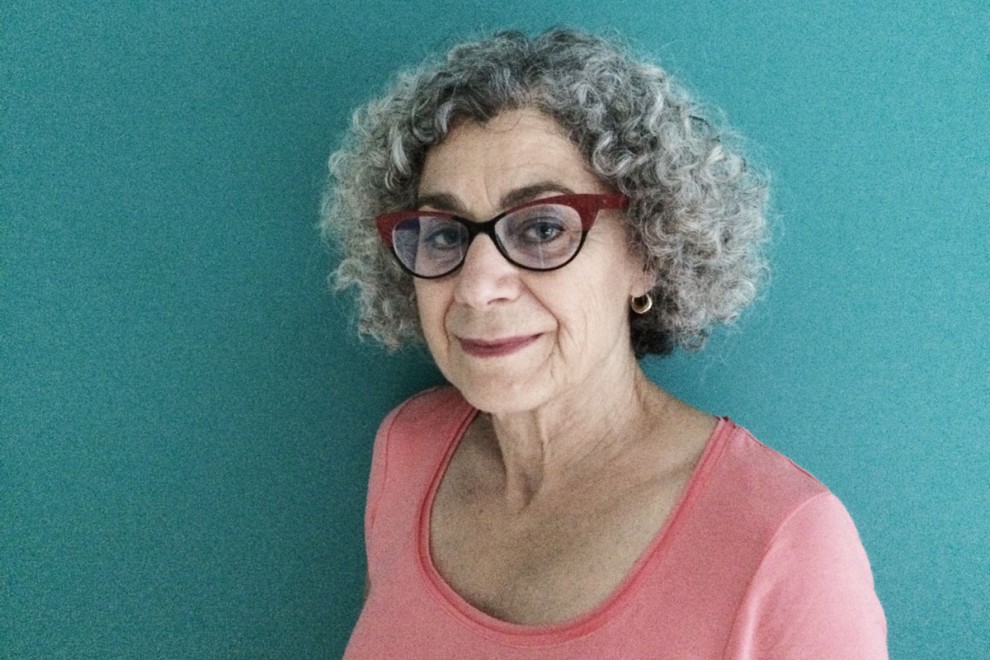
Sept. 2020
Simone Rotstein
About a year after she died, I began writing vignettes concerning my child. Never having written creatively before, the process of composing stories which were connected to my daughter and my relationship with her, grew into a satisfying activity and a rewarding outlet for my grief. Over the span of several years, I accumulated a collection of memories, some of which I shared with family members, a few friends and my newly formed writing group. Along with courses and workshops, this writing circle was crucial to my development as a writer. Each woman in our group read my stories with care and sensitivity and offered critical suggestions on how to proceed in order to improve my writing and nudged me to persevere.
Inevitably, the question arose, what am I going to do with these stories? It was at another workshop that I had a revealing moment. The facilitator was talking about different schemes of structuring a memoir and her words struck a chord; I could clearly visualize a way to put my disparate stories together. Finally, I knew I had the means of creating a body of work, albeit, a modest one.
All through this process, I was extremely lucky to meet writers and artists who inspired me to bring my venture to fruition. The writer-in-residence at the Hamilton Public Library, Nilofar Shidmehr, provided me with compelling and encouraging assistance, all the while challenging me to examine my motivations and my goals and, in the process, to write some interesting pieces. I found an editor to check my grammar, paragraph structure, and spelling and learned how to accept some changes as well as reject others. And, I walked around with my binder of stories, not sure how to move forward. My first thought was to create a chapbook, a small publication, usually bound with hand-stitching, and began to make plans to have my stories printed. First, I needed to create an attractive publication.
I was introduced to an artist and book designer who gave me a crash course on publication. We met at the Central Library and, searching through the shelves, scrutinized and discussed the size of paperbacks, the different fonts, the paper’s texture and colour, the chapter titles and the design used at the beginning of each chapter. I made decisions about table of contents and the title page, always veering to the simplest, the cleanest lines. In a few short weeks, the volume took shape and we began work on the cover. A photograph my husband had taken was photoshopped, we chose the cover stock and the lettering on the cover. The whole process was a huge learning curve and exhilarating. Finally, it was ready to be sent to press, and I learned even more.
The printer was willing to create signatures, groups of pages, which I could hand-bind into chapbooks. He was also adamant that he was superbly able to create a lovely publication, cover and all. I decided to fashion a few handmade memoirs and have him print a small run of machine-made books and then I waited, counting the days until the project was completed. It was moving to see the final outcome of a long and satisfying undertaking. I have distributed the run to my extended family and to some friends.
I consider myself privileged, through these years, to have people who were willing to help me achieve my goals and I am delighted with the final product.
Simone Rotstein, wife, mother, grandmother, former teacher and a Hamiltonian via Egypt and Montreal, writes for pleasure.

